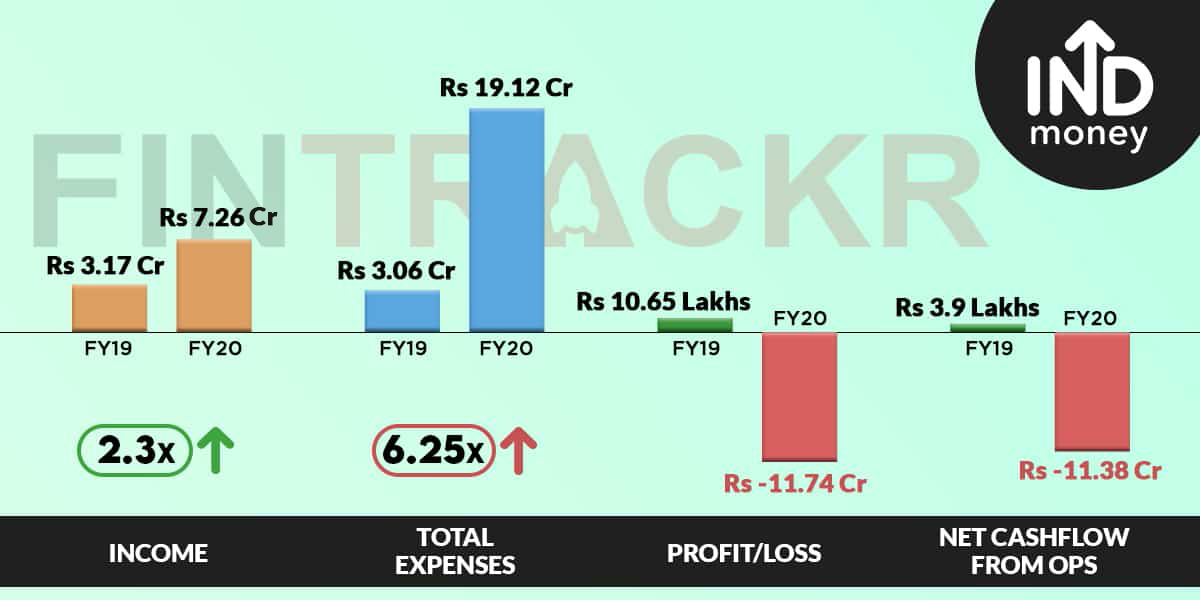Investing in mutual funds is an excellent way to diversify your portfolio and achieve financial goals. A well-planned portfolio can help mitigate risks while maximizing returns, and MF investors have various options to choose from, depending on their risk appetite, time horizon, and financial objectives.

Understanding the Basics of a Portfolio
A portfolio refers to a collection of investments that an individual or institution holds. These investments can include stocks, bonds, mutual funds, real estate, and other assets. The key to building a strong portfolio is diversification. Diversifying your investments means spreading them across different asset classes and sectors to reduce risk. For MF investors, this typically involves choosing a mix of funds with varying investment strategies.
The Importance of Diversification
For MF investors, diversification is crucial because it reduces the impact of poor performance in any one area. If you invest all your money in a single fund or sector, your entire portfolio may suffer if that area underperforms. By spreading your investments across multiple funds, you ensure that if one fund performs poorly, others in your portfolio can help offset the losses.
For example, a balanced portfolio may include equity funds, debt funds, and hybrid funds. Equity funds provide growth potential by investing in stocks, while debt funds offer stability through investments in bonds or fixed-income securities. Hybrid funds combine both equity and debt elements, offering a balance between growth and stability.
Steps to Building a Strong Mutual Fund Portfolio
- Define Your Financial Goals
The first step in building a mutual fund portfolio is defining your financial goals. Are you investing for retirement, saving for a home, or building wealth over time? Your goals will determine the types of mutual funds you should include in your portfolio. For long-term goals, equity funds may be more appropriate, while for short-term goals, debt funds may offer better security. - Assess Your Risk Tolerance
Every investor has a different risk tolerance. Some may be comfortable with high-risk investments for the potential of higher returns, while others may prefer a more conservative approach. As an MF investor, it’s important to assess how much risk you are willing to take and select funds that align with your risk profile. - Choose the Right Mix of Funds
Once you know your goals and risk tolerance, it’s time to choose the right mix of funds. For MF investors, this could mean selecting a variety of equity, debt, and hybrid funds. A general rule of thumb is to have a mix that matches your age and risk appetite. Younger investors may lean more toward equity funds for growth, while older investors may prefer debt or hybrid funds for safety. - Monitor and Rebalance Your Portfolio
Building a portfolio isn’t a one-time activity. Over time, the value of different funds in your portfolio will change, and your original allocation may shift. It’s important to regularly monitor your portfolio and rebalance it as needed. Rebalancing ensures that your portfolio stays aligned with your investment strategy and risk tolerance.
Mutual Funds for Different Types of Investors
- Aggressive Investors
Aggressive MF investors may focus on equity funds that target high-growth sectors like technology, healthcare, or emerging markets. While these funds can be more volatile, they offer the potential for higher returns over the long term. - Conservative Investors
Conservative MF investors may prefer debt funds or balanced funds that offer more stability and lower risk. These funds invest in bonds, treasury bills, and other fixed-income instruments, providing a steady income with lower chances of large fluctuations. - Moderate Investors
Moderate MF investors often opt for a mix of equity and debt funds. This balanced approach allows for growth potential while mitigating risk, making it suitable for investors with a medium risk tolerance.
Tax Implications for MF Investors
Understanding the tax implications of your mutual fund investments is essential to maximize your returns. In many regions, long-term capital gains from equity mutual funds may be taxed at a lower rate than short-term gains. Debt funds, on the other hand, may be taxed differently based on your holding period. MF investors should consult a financial advisor or tax professional to understand the tax liabilities specific to their region.
Conclusion
For MF investors, building a diversified portfolio is key to achieving long-term financial success. By clearly defining your goals, assessing your risk tolerance, and selecting a mix of equity, debt, and hybrid funds, you can create a balanced portfolio that suits your financial needs. Regular monitoring and rebalancing will keep your portfolio on track, helping you navigate the ups and downs of the market with confidence.
